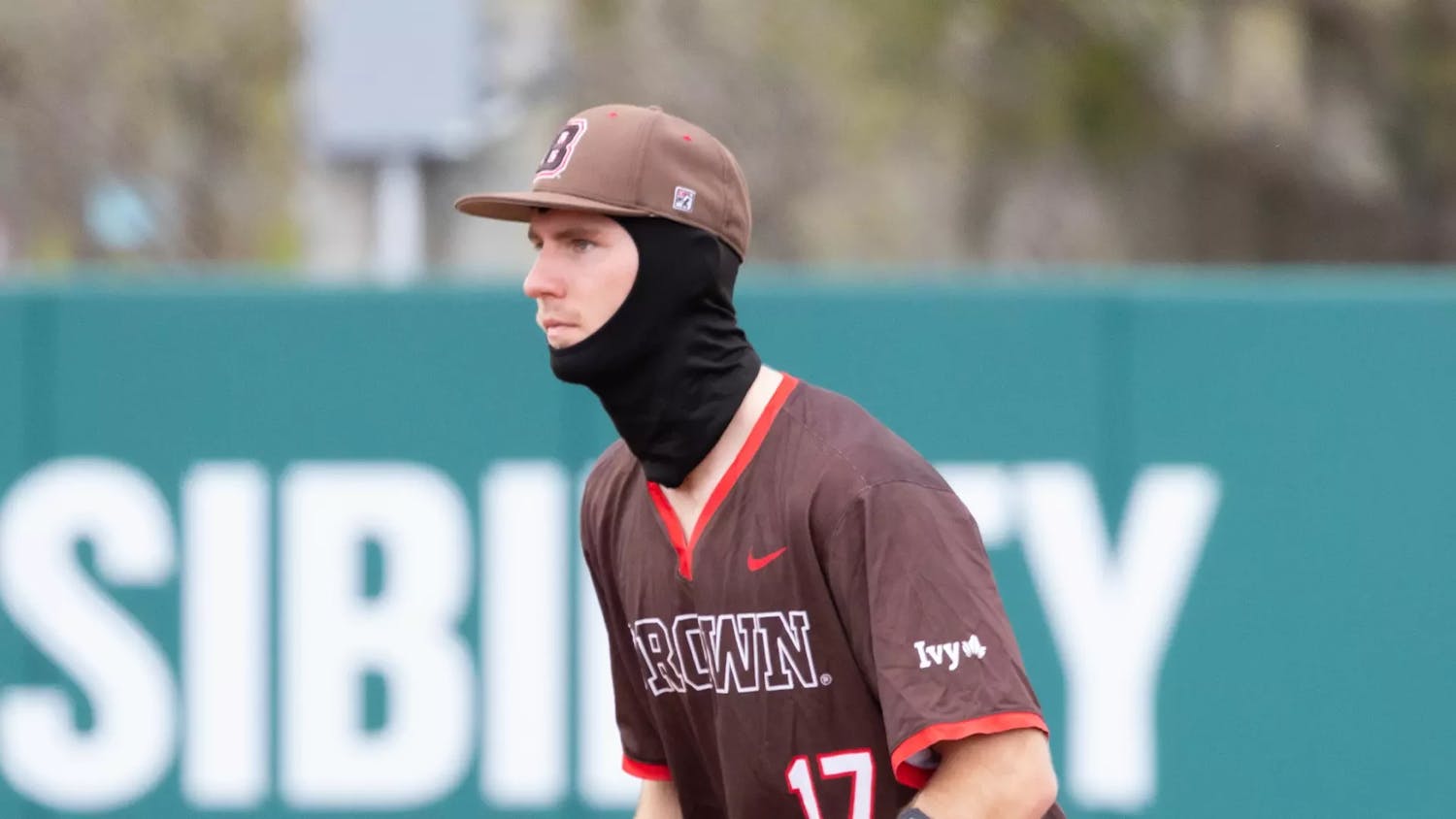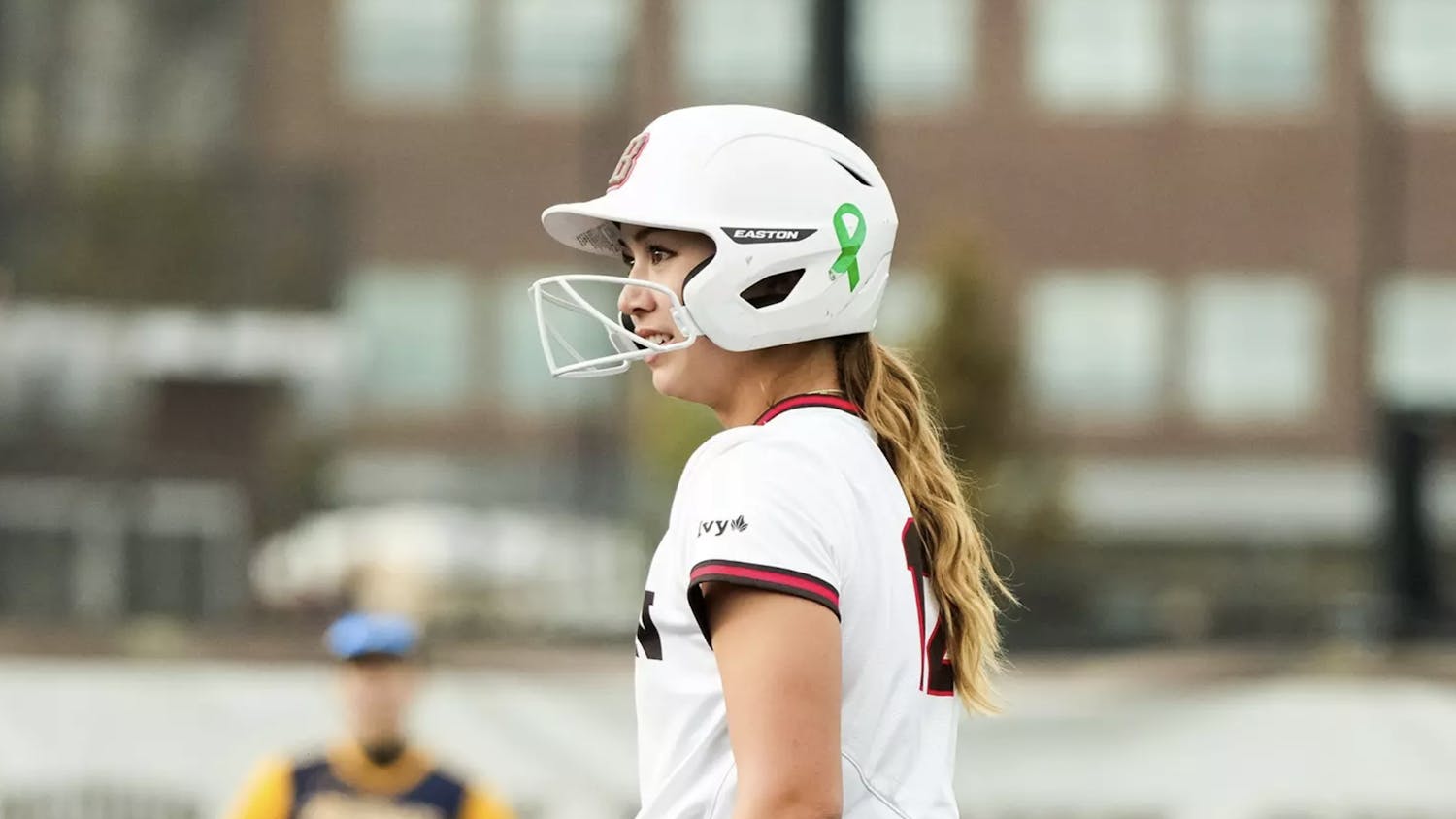The NFL is back, and that is cause for celebration among sports fans. Yet something was not quite right in the opening games of the season. TV ratings dropped, for one thing. According to CNN, over the first two weeks, Monday Night Football was down 5 percent and Sunday afternoon games on Fox and CBS dropped 11 percent and 19 percent, respectively. The quality of play and the recent hurricanes have been cited as reasons for the ratings dip, but the drop has carried over from last year.
On the whole, last year’s NFL regular season ratings were down 9 percent and playoff ratings 6 percent. The election cycle and the continuing “cord-cutting” phenomenon were blamed. But at what point is it time to dig deeper instead of passing off lowered viewership as a temporary trend?
Quality of play is a valid reason, as anyone who watched last Thursday’s 13-9 snooze between the Houston Texans and Cincinnati Bengals knows well. The issue was a hot topic last year also, but the problem appears to have worsened. After two weeks, it has become apparent that there are just five to seven teams with a legitimate shot to take home the title.
Even worse is the fact that almost half of the league is simply horrendous. Any person who takes a peek at the NFL standings can find two bad teams in almost every division. A glance at the AFC, for example, reveals the Bills, Jets, Browns, Bengals, Texans, Colts and Chargers. Yikes! Who wants to watch any game between two of those teams, except for their very dedicated fan bases?
And the problem could be here to stay for years to come, just like a more sinister issue: concussions. While concussions have been highlighted in the news for years, the actual level of play has not been affected. Still, early retirement has become more prominent. Offensive lineman John Urschel left the NFL this year, linebacker A.J. Tarpley last year and talented linebacker Chris Borland the year before that.
The harsher effects, however, will be felt as the next generation of players rises through the ranks. More and more parents are refusing to let their children play football, as cases of Chronic Traumatic Encephalopathy, CTE for short, pervade retired NFL athletes — and even some college and high school football players. CTE, commonly called “punch-drunk” syndrome among the boxing community, is caused by repeated blows to the head, as happens over and over in football.
The talent pool has not been hurt so far, but what about a couple of decades from now? It certainly will not help the quality of play issue. A smaller collection of talent makes it easier for a handful of players to dominate. Parity could be completely wrecked — not to mention the actual gameplay. Will the NFL be as popular with more Josh McCowns and other New York Jets-level players? The most talented athletes would gravitate more toward safer sports such as basketball or soccer.
Of course, the NFL may not be worrying about the game’s future since the league office keeps bungling the present. Commissioner Roger Goodell continues to mess up every key decision, all while being paid ridiculous sums of money. Deflategate, obviously, made national headlines, but the subject has been talked about ad nauseam, so let’s move on. Far more troubling is the NFL’s uneven pattern of punishment. Compare Ray Rice’s infamous 2014 two-game suspension after assaulting his wife on video with Darren Waller’s 2017 one-year suspension for smoking marijuana. It is not a pretty picture. The NFL, after facing the public’s criticism for its incredibly weak stance towards Rice, has cracked down on everything else.
Waller is not alone. He was the fourth player within a year to be suspended for that long due to a weed-related violation of the league’s substance abuse policy. With all the powerful painkillers that have been plunged into players’ bodies before games, leading many on the path to addiction, weed should be low on the list of NFL drug-related concerns.
The NFL is still America’s top sport. But problem after problem keeps popping up and, eventually, a breaking point will come. When that happens is anyone’s guess, though with the NBA gaining in popularity, the NFL could face some real competition for its gold medal position in 20 years or so. The MLB has an inability to connect to younger audiences, but the league has been around since 1903 and will not be going anywhere for the foreseeable future.
But what fate lies in store for football? Boxing, another brutal, head-trauma inducing affair, was perhaps America’s most popular sport in the early 20th century. But now it lies on the fringes, far away from any sort of competition with the “Big 4.” If history is any indication, I do not feel so sure about what the NFL’s place in the sports world will be in 2117.
George Klein ’20 can be reached at george_klein@brown.edu. Please send responses to this opinion to letters@browndailyherald.com and other op-eds to opinions@browndailyherald.com.




